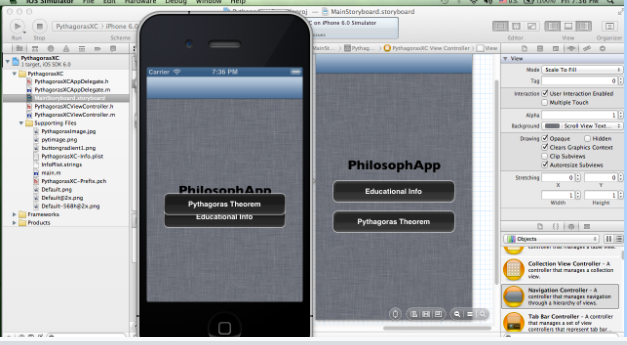When it comes to mobile app development, there are various types of testing that you can perform. For example, you can perform interruption testing to see if the app experiences any interruptions. However, this type of testing should not impact the functionality of the mobile app. The aim is to ensure that interruptions do not negatively impact the performance of the mobile app.
Non-functional testing
Non-functional testing is a form of testing that focuses on the performance and security of an application. It is not the same as functional testing, which is performed during the development stage. This type of testing focuses on identifying bugs or security flaws before they become major problems. The aim of non-functional testing is to make sure that the application works well and is secure, as well as reliable.
Non-functional testing is often used before the development process begins, and it can help identify problems early in the process. This can help ensure quality control and reduce the cost of testing. It can also help determine if an application can handle large amounts of traffic. Non-functional testing can also help ensure that a mobile application will be reliable and secure.
Compatibility testing is a type of non-functional testing used to ensure an app works in different environments. It examines an application’s ability to work with different devices, and it can help identify any bugs that could affect customer experience. It also checks the performance of an app under different circumstances, including high user traffic, simultaneous logins, and disasters. It also ensures that the app installs and uninstalls properly and works smoothly.
Non-functional testing should be an essential part of any testing strategy, and it should be automated. It is difficult and time-consuming to manually test non-functional elements, and a high level of automation is necessary to avoid delays in the delivery of quality code. Fortunately, there are cloud-based testing platforms that can automate non-functional tests. With the right automation tools, it is possible to conduct tests that mimic real-world user conditions, while also analyzing the results.
Security testing
Security testing can help developers ensure that their apps are safe from hackers, malicious codes, and other attacks. This process involves testing the code to find flaws and vulnerabilities. There are many security testing tools available for mobile app development. Some are free, while others cost money. In order to decide which ones to purchase, developers should first look for a tool that focuses on mobile security threats.
Mobile security testing should include both a vulnerability detection and prevention test. The testing process should be thorough and include a wide range of use cases. For example, it should be possible to test an app on multiple operating systems and different phones. It should also be possible to run multiple sessions simultaneously. The tests should also include testing on a jailbroken or rooted phone. This is essential because security enhancements in mobile apps differ across platforms.
Security testing should also be performed on any app that has sensitive information. While most mobile apps are designed to be safe for users, it’s still possible for attackers to access this information without authorization and privileges. In addition, mobile apps typically operate multiple services in the background. Some of these third-party organizations aren’t aware of security protocols or compliance requirements, which can lead to a breach.
Security testing is an important aspect of mobile app development that doesn’t require security experts. In most cases, developers are experts at front-end coding. Their focus is on making sure the app functions properly. They also focus on the aesthetics of the app. But security should be a priority throughout the development process, from the first steps.
Hybrid testing
Hybrid testing is a type of testing that uses both web and physical devices to test mobile applications. It is used to detect errors and bugs in mobile applications. This process also reduces build times by up to 10 times. This type of testing is used on internal development and staging environments and can automate touch and gesture actions on remote devices. It provides a comprehensive report and screenshots of the app’s behavior.
Mobile developers can create hybrid apps in a variety of ways. For example, desktop applications may pull features from a web application, while mobile apps may be based on native code. However, each platform can present its own unique challenges. Hybrid apps also require a unique set of manual testing sessions and test cases.
While web apps are a popular choice, many businesses are turning to hybrid apps to save money. This method is more cost-effective and allows developers to test their apps on different devices, including tablets. It’s also easier to build a hybrid app than a native one because it requires less third-party libraries.
A hybrid app has the added benefit of delivering a higher level of interactivity, while offering a more native feel. For example, a hybrid app may include a push notification system that prompts users to take action. This can be used for prompting users to provide feedback or to complete an online shopping cart. Hybrid apps are also useful for companies that only have an audience for one platform and want to expand their audience beyond it.

